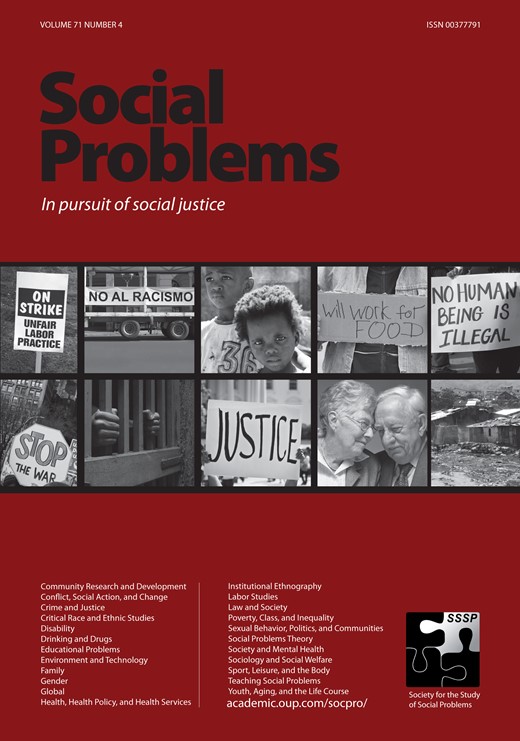Homelessness affects at least 25,000 people every day in Canada alone. Although research has documented responses to homelessness involving the police and private security, there is much less scholarship investigating municipal bylaw enforcement officers’ role in the governance of homelessness.
We explore how bylaw officers regulate homelessness in Ontario, Canada. Drawing on surveys and semi-structured interviews with bylaw officers, our analysis demonstrates that bylaw officers have been called upon to manage a “crisis of complaints” related to the increasing visibility of homelessness across Ontario. To manage these complaints, bylaw officers rely on burden shuffling, first, moving people along because it is the most efficient way to manage homelessness complaints in their jurisdiction. Bylaw officers also engage in bureaucratic burden shuffling, reclassifying complaints to other agencies. We argue that, through their mechanisms of enforcing public space orders, bylaw officers engage in reluctant criminalization using invisibilization tactics.
These strategies constitute another form of pervasive penality, or a punitive process of policing, through move along orders and threats of arrest, ultimately leading to the invisibilization of homelessness. Such responses increase the precarity that often characterizes unhoused people’s lives and misrepresents homelessness as a deviancy issue rather than a human rights violation.

